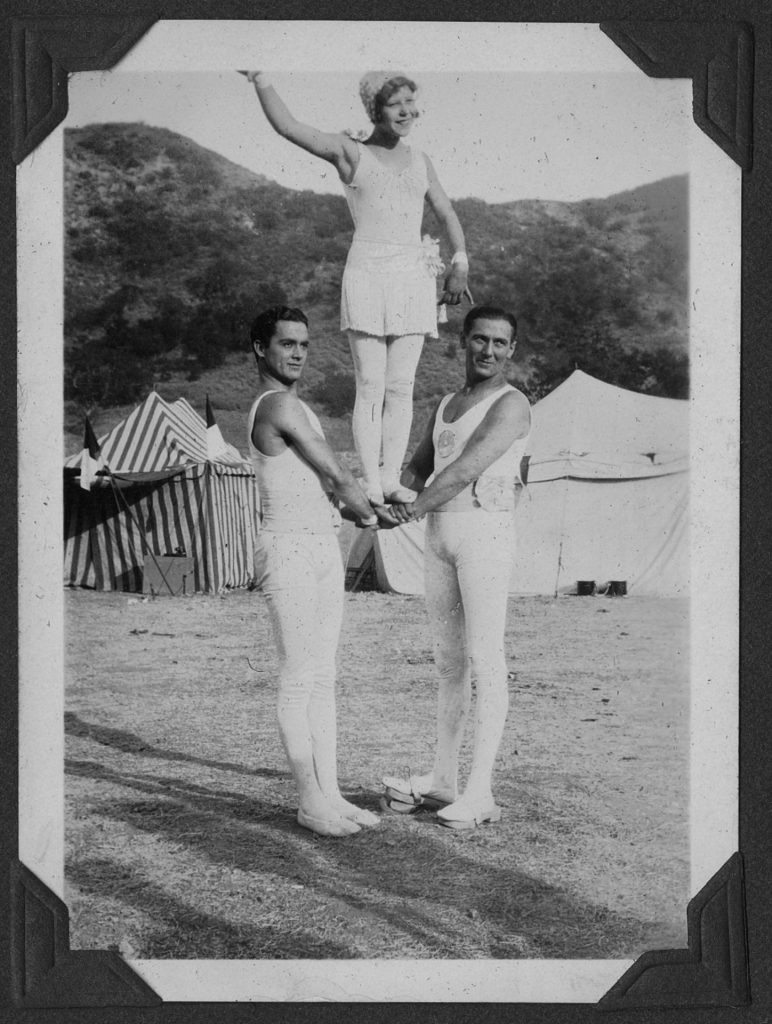In a recent addition to Milner Library’s digital repository of historical circus materials, a singular collection of photographs and ephemera relating to the Musselman family and their long-running trapeze act has been scanned and made available online for public research. The collection includes photos of the family both on and off the trapeze, offering an intimate glimpse into the life of a troupe that was different from most.
Milner’s Special Collections department has amassed a world-renowned collection of circus artifacts from costumes performers wore to heralds which advertised upcoming performances. Many of these pieces are now decades or even centuries old, which raises concerns about the inevitability of physical deterioration. Archival storage of the artifacts can stave off this process but leaves them out of reach to those who aren’t able to visit in person. To address these issues, the Milner Library Digitization Center has undertaken converting some of these physical relics into high-resolution digital surrogates. This process ensures the treasures are eternalized in their current condition and free to access via the library website.

Bloomington-Normal’s historical involvement with the circus has often been overlooked, but this inconspicuous yet fascinating piece of local history is once again coming to light. The community was renowned in the industry for being a training ground for up-and-coming trapeze artists. Training facilities such as the former Bloomington YMCA on Washington Street and the Ward/Concello Practice Barn all played an integral part at the beginning of many now famous performers’ careers. The subject of this collection is a family that holds a special place in Bloomington’s status as “The Trapeze Capital of the World.”
Bob and Frances Musselman (known professionally by the surname Fisher) initially found work as members of the aerialist act The Flying Wards before forming Bob Fisher’s Fearless Flyers, a famous trapeze troupe that went on to work all over the globe in the early 20th century. Supporting flyers would come and go, revolving around the leadership of the young couple, until the act obtained a third permanent member, their daughter, Maxine, in the mid-1930s. This trio remained the backbone of the troupe until Frances’ sudden death in 1940 at 39 years of age.
The pictures reveal a firsthand account of what it was like for touring aerialists when circus acts were a major form of entertainment. Apart from stunning images of the Flyers defying gravity in front of stunned crowds, many of the photos also document sights they saw and people, often fellow performers, they met on their travels. Above all else, the photos help us see the Musselmans as more than just circus performers. Snapshots of Bob and Frances posing with leis on a Hawaiian cruise and an infant Maxine swaddled in her baby carriage would not be out of place in any family scrapbook. By peering through these windows into the past, we can see pictures of a family who were connected not just through blood but also their extraordinary high-flying talent.


